Why do we need lab safety equipment
To operate in a laboratory you have to make it safe first. Without providing lab safety equipment you run a high risk of horrible accidents. Here is a list of lab safety equipment and why you need them. They are essential safety equipment for your laboratory.
Laboratories are dangerous places by nature. There are devices like Bunsen burners with gas-operated open flames, there are corrosive acids and bases, there is spring-loaded equipment that can hit people, there are sharp apparatus that is easy to cut your hand on and get infected ‒ the list can go on and on.
Since all of these (and more) make a laboratory a risky place, your best bet is to invest in lab safety equipment early on. While procuring lab equipment, you should add the following essential lab safety equipment to your order list. They will ensure timely action on your part to save your students and employees from grievous harm due to lab-related accidents.
Top 10 Lab Safety Equipment List
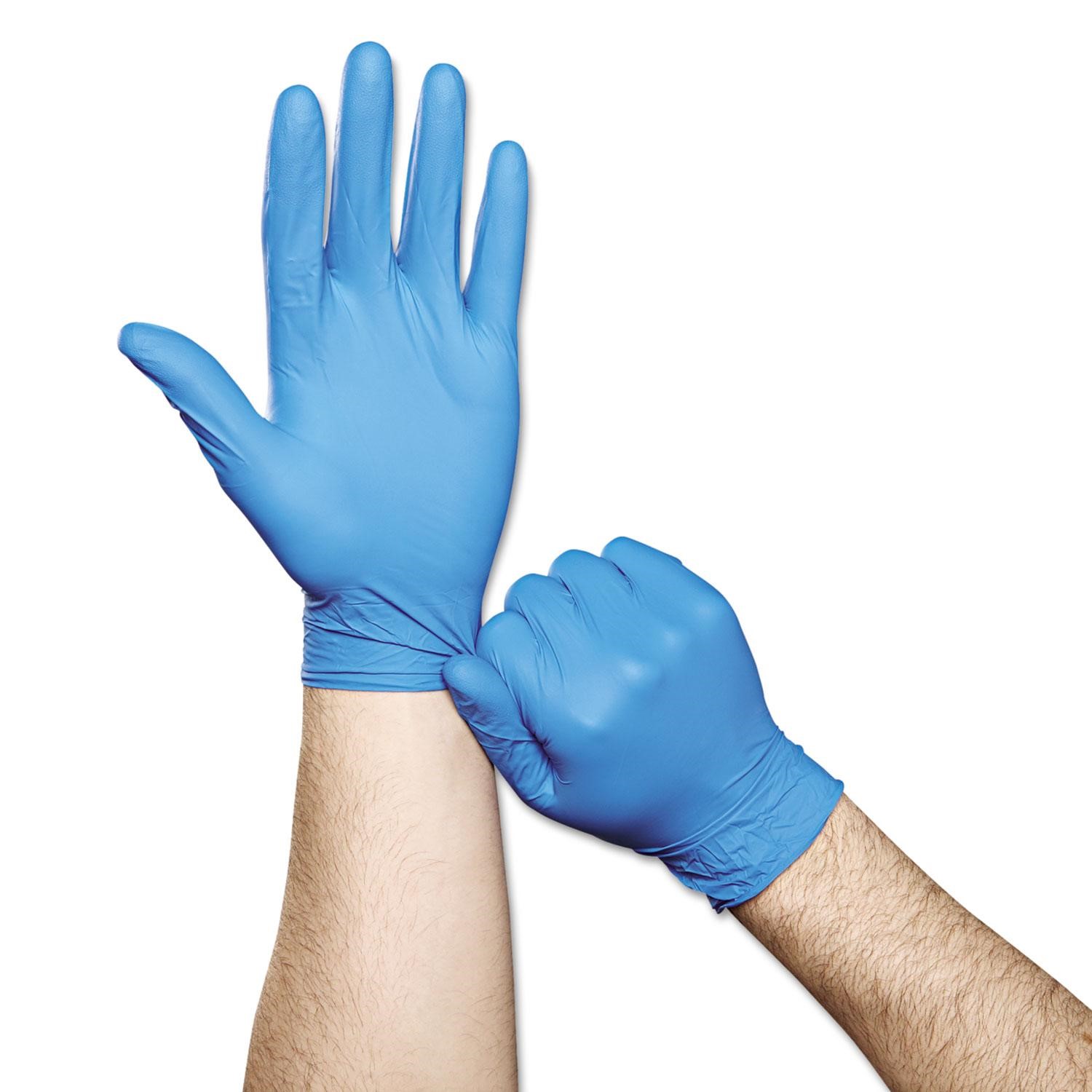
1. Lab gloves for students
Protect your hands with some disposable gloves! Most substances you handle in a laboratory are dangerous ‒ they can be corrosive or contaminating. Trust me, you do NOT want these things to touch your bare skin. Wearing lab gloves is an excellent way to prevent that and work with toxic or corrosive substances safely. After use, make sure that you discard them in the proper disposal container marked for dangerous substances.
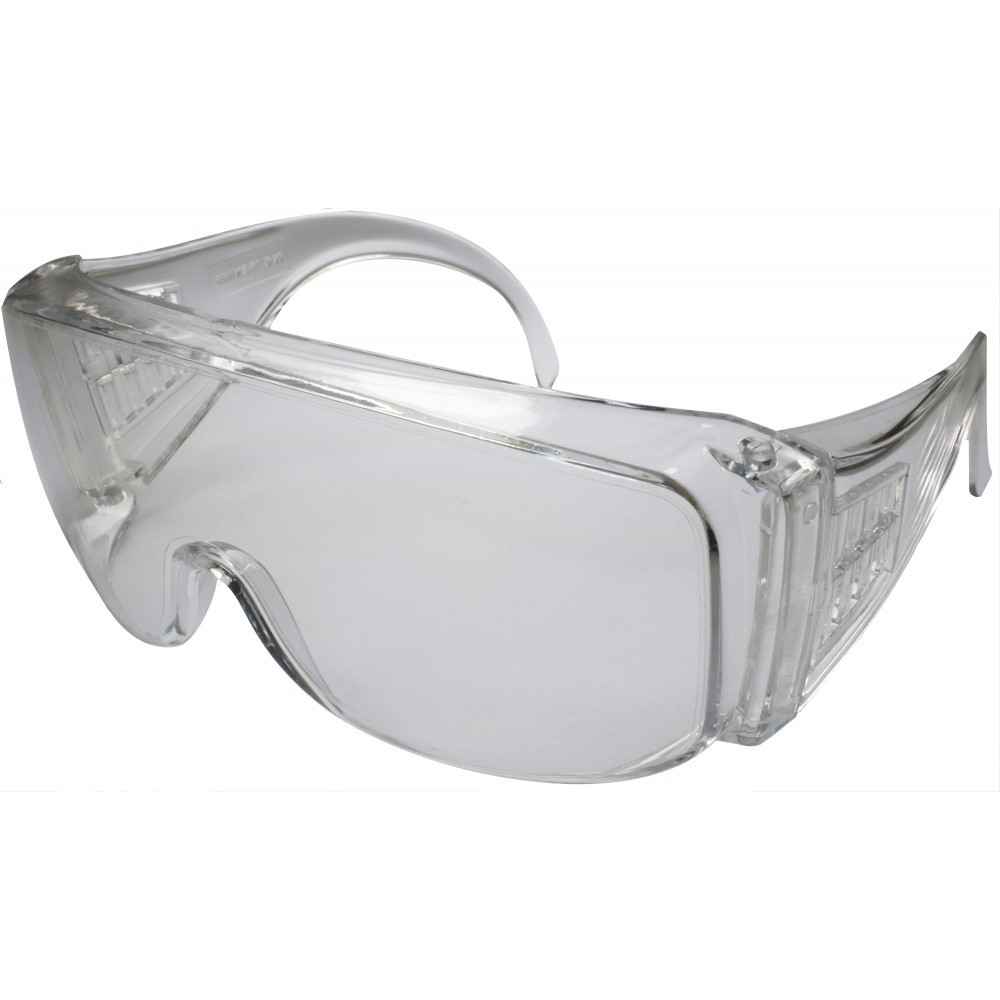
2. Safety goggles
Your eyes are perhaps the most precious organs in your body and you do NOT want anything dangerous anywhere near them. Lab goggles for students protect their eyes from chemical splashes and other substances springing out. They are pretty simple, inexpensive, and one-size-fits-all. So, make it mandatory for everyone to wear safety glasses inside laboratories.
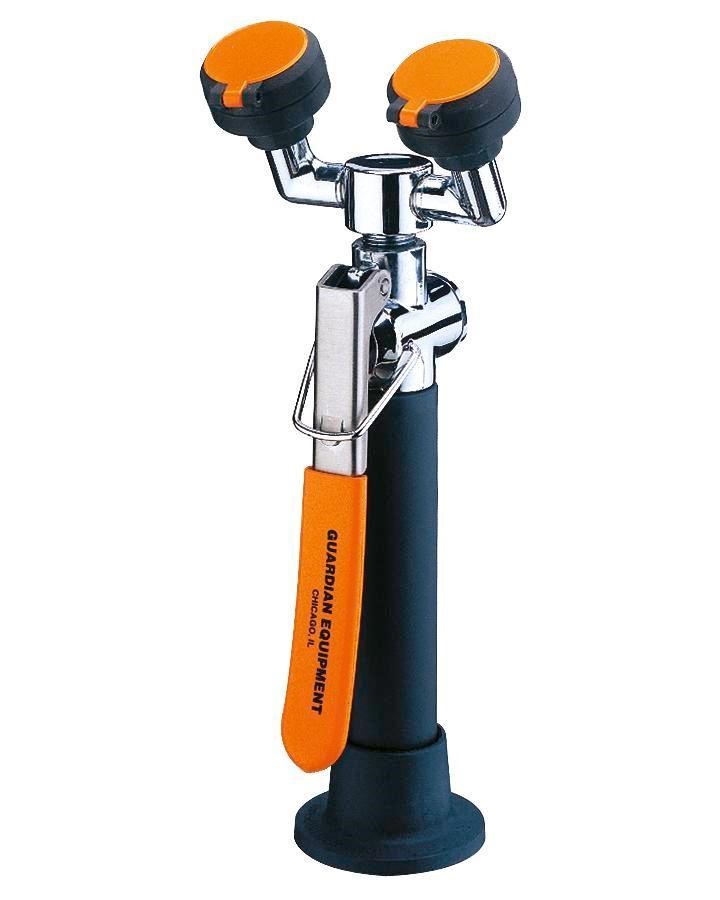
3. Eyewash
In the same line with the previous ‒ what if you were not wearing goggles and something did get into your eyes? Run to the nearest eye wash station and let the water splash into your eyes. This is the fastest first aid in case of any eye injury in a laboratory. The high-pressure water should dissolve any intruding chemical or substance, and clean the hurt area.
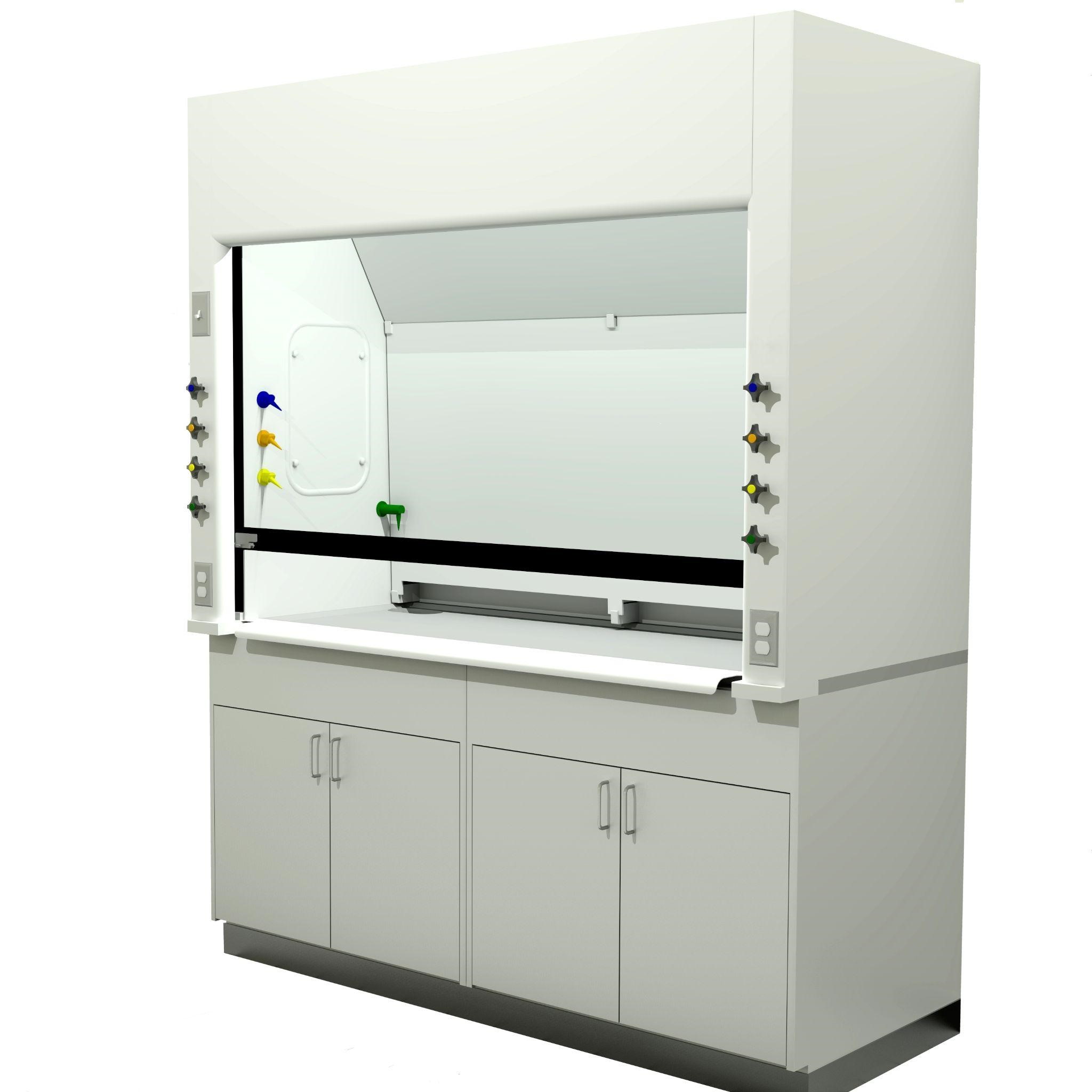
4. Fume hood
More often than not you would be doing some potentially dangerous experiment in your chemistry lab. Something that gives off foul, toxic fumes, or something that may splash or even explode. Do these experiments inside a fume hood. These safety cabinets have an inbuilt mechanism to suck any dangerous fumes away from the user, and tough glass in front to protect from accidental splashes or burns.
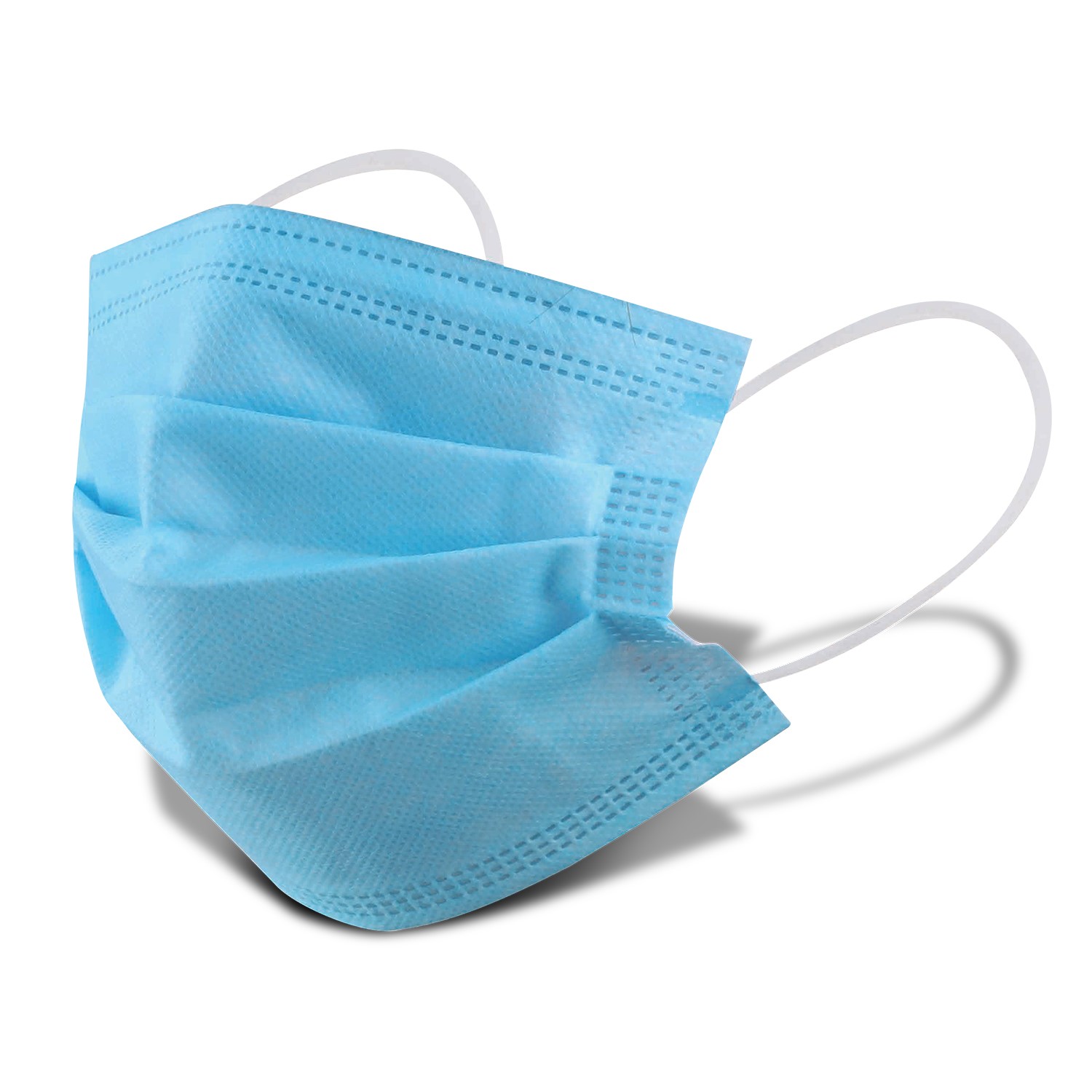
5. Disposable Masks
This one is a no-brainer. Labs have dangerous gasses and toxic particles in the air and liquids that can splash up and hit your pretty face. Wear a surgical mask or better even, N95 masks to protect a large portion of your face and breathe better.
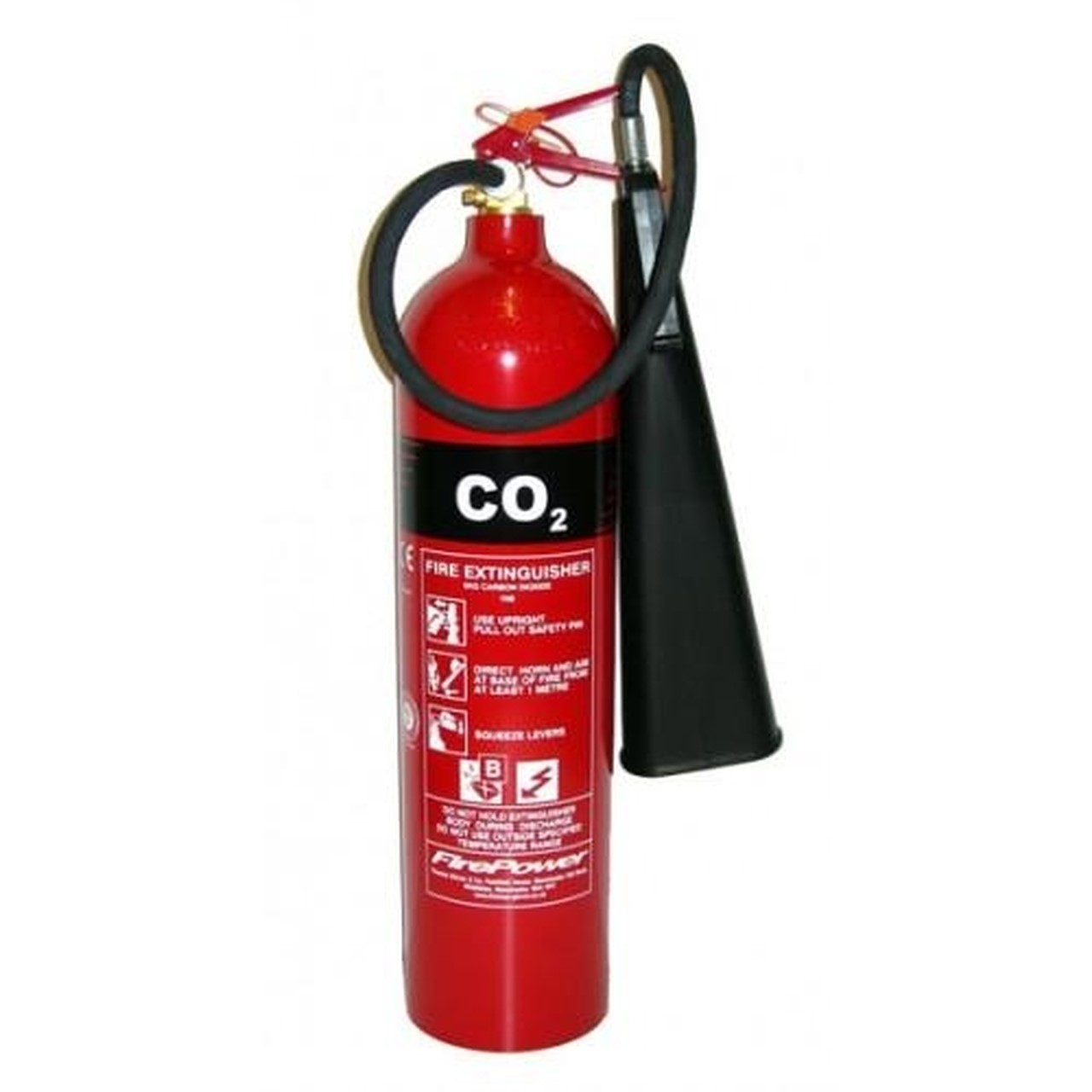
6. Fire extinguishers
Since a laboratory often works with fire, it should go without saying that you will need at least one fire extinguisher in your lab. Place them in an easily accessible section of the lab, and train everyone to use one in case of a fire. You can use water-based, foam-based, or wet chemical types of fire extinguishers.
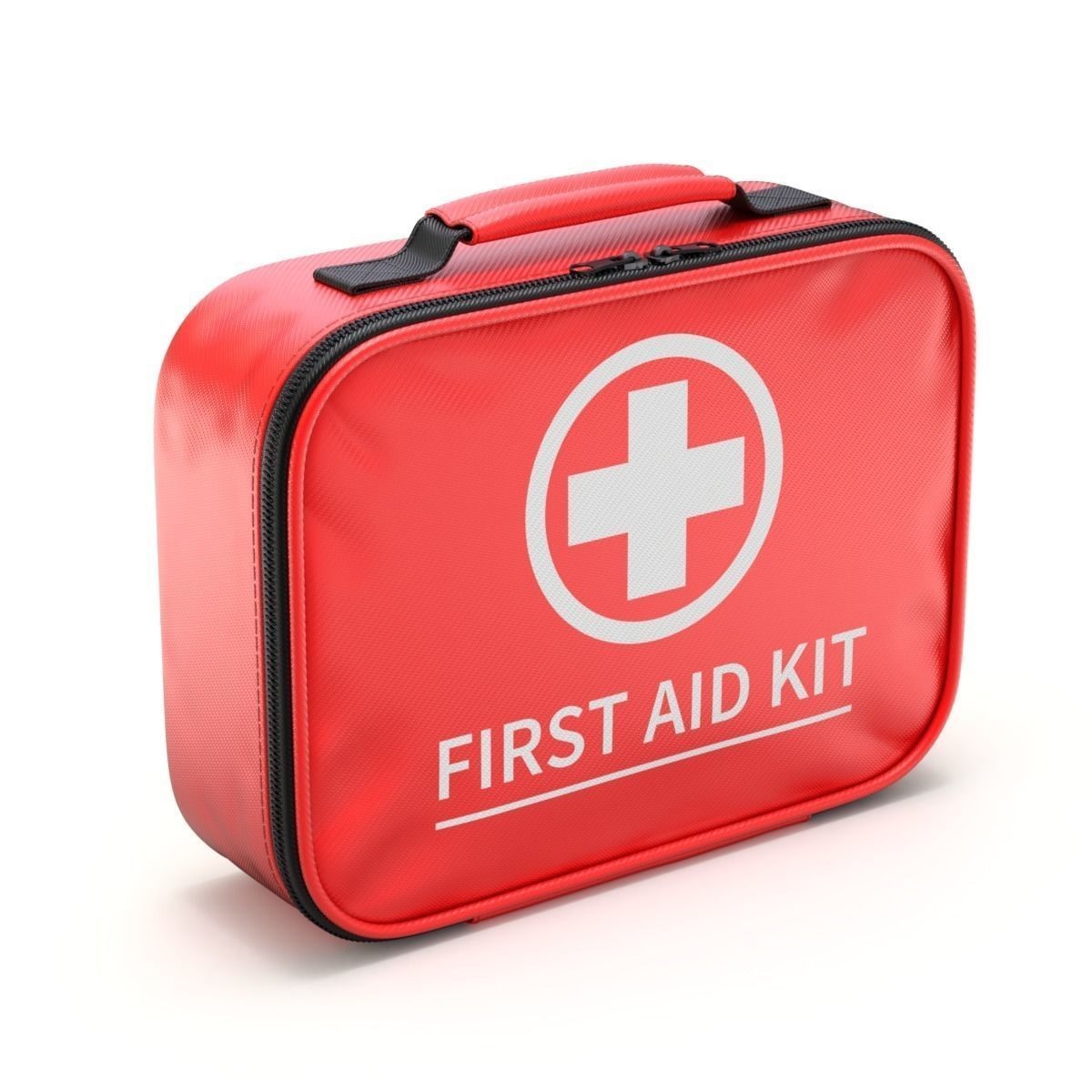
7. First aid kits
Minor cuts, bruises, and burns are all the common things a lab instructor sees almost every week. It doesn’t make sense to run to the nurse’s station every time you get a little finger bleed. But it is necessary to clean, disinfect, and dress the wound, or else a simple thing like a scalpel slice can turn into gangrene and maybe loss of limb as well. So, keep a prepared box with antiseptic lotion, bandages, scissors, tweezers, readymade plasters, hand sanitizer, antibiotic ointment, burn cream, etc. in your lab at all times.
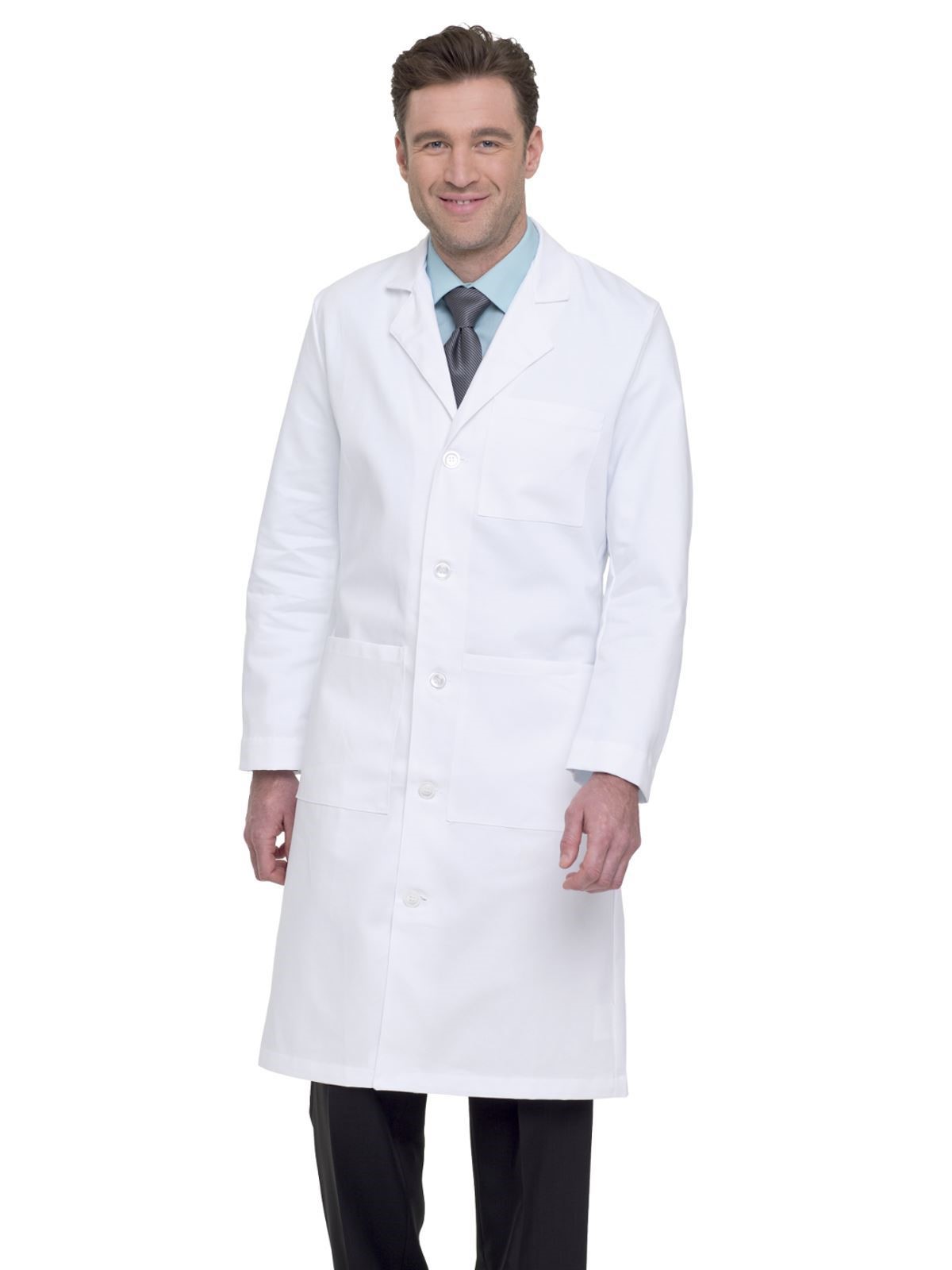
8. Lab coats
While you are not going to need a full hazmat suit to work in school and college laboratories, still you need some level of full-body protection ‒ if only to protect your clothes and exposed skin. Lab coats are plain, cheap, and easy to maintain. This makes them one of the best lab safety equipment for school, college, and institute levels.
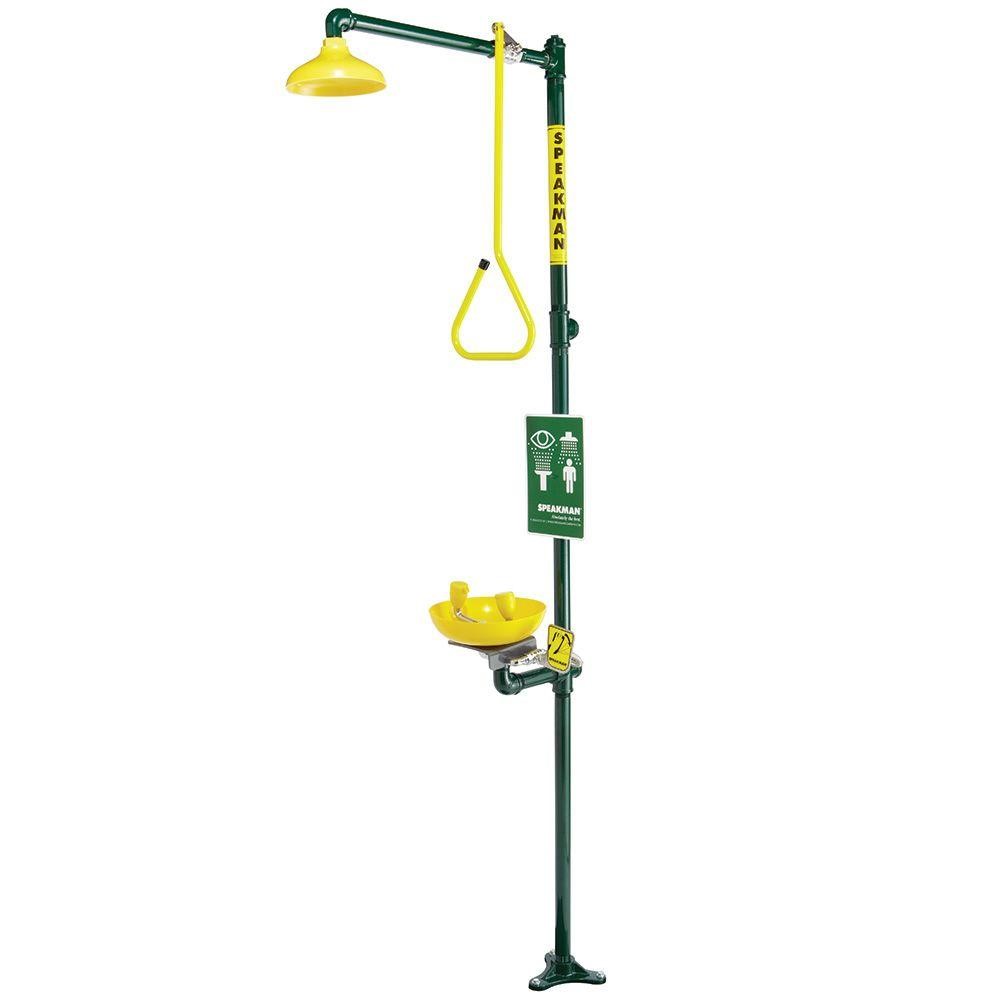
9. Safety showers
Splash accidents are the most common after fires in chemistry laboratories. When you get splashed with large amounts of chemicals, the best solution is to immediately pour a lot of water on yourself. A safety shower works wonderfully in these kinds of situations. When you get splashed, immediately run to the shower and pull the cord.
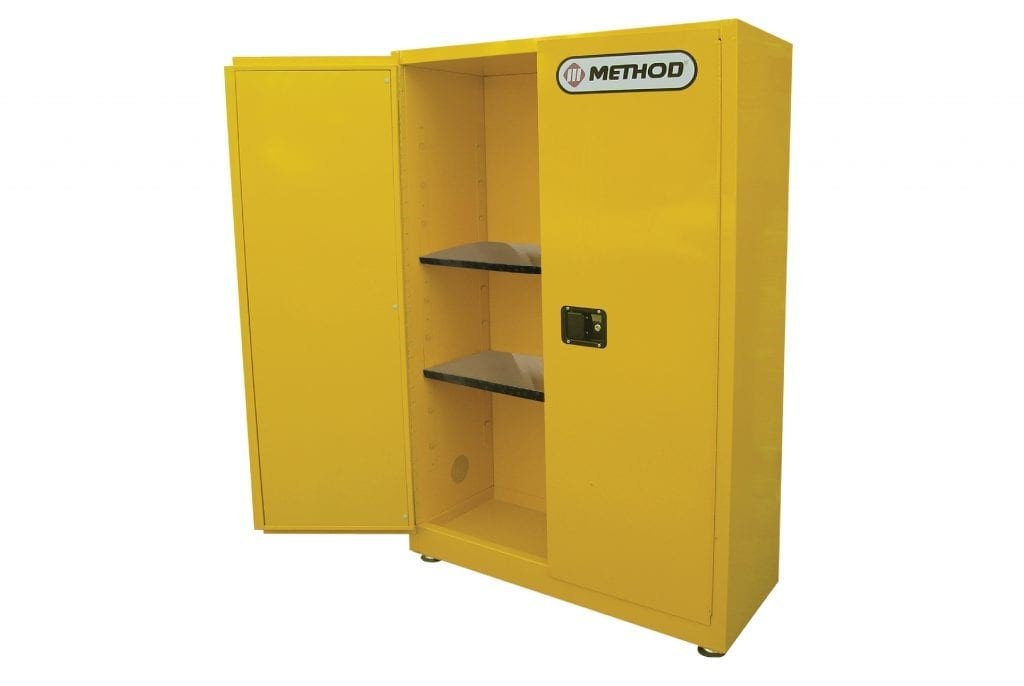
10. Safety storage cabinets
People generally don’t think of storage cabinets as a safety solution ‒ but when you think of human nature, it makes sense. Lock away your dangerous substances in safe cabinets restricted to students and you will drastically reduce the chance of laboratory mishaps. Plus, there are some specialized storages like fume cabinets which clean up chemical fumes and are especially resistant to corrosive effects.
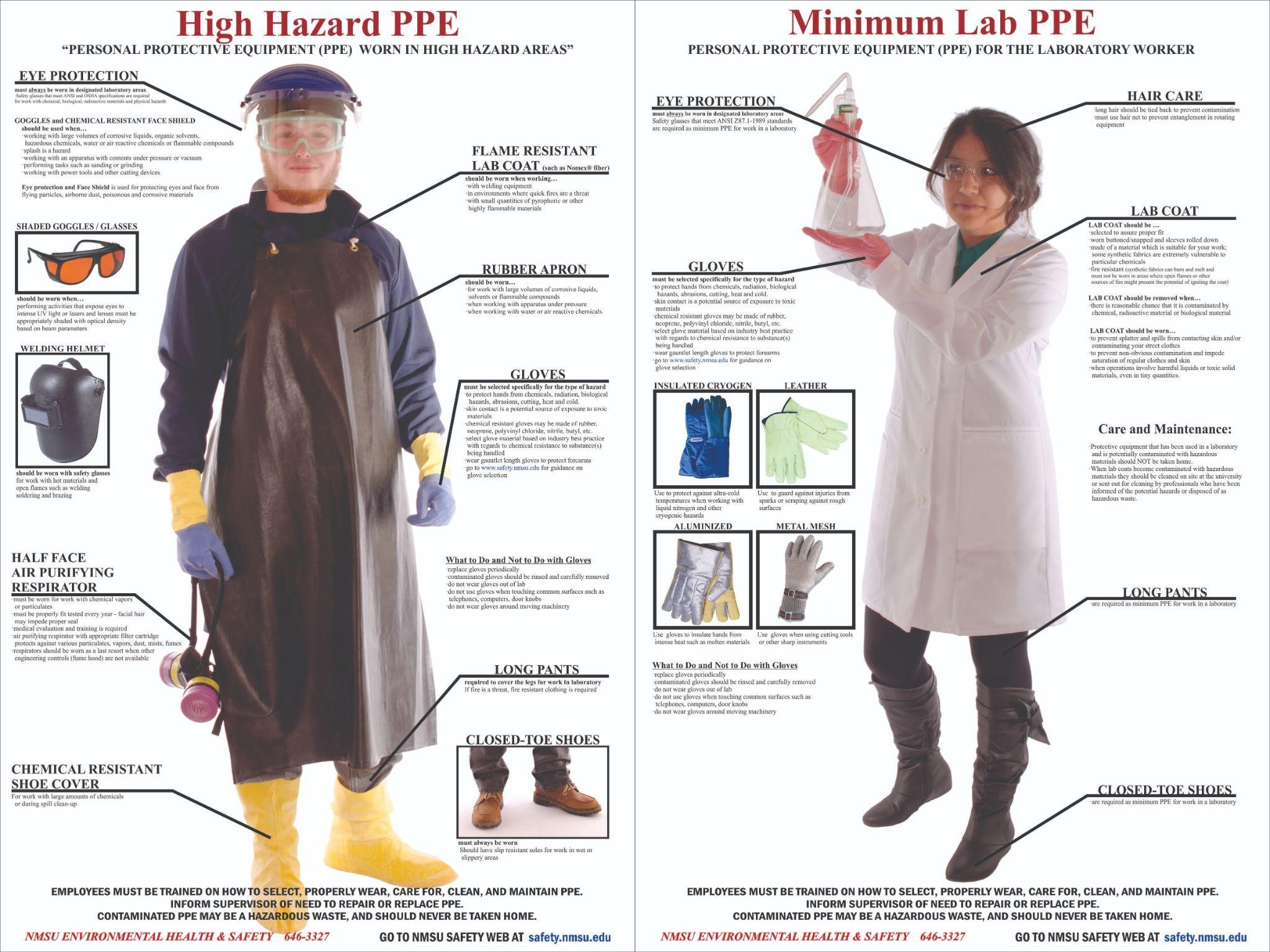
Winding Up
The safety of students and workers in a laboratory should be paramount as no knowledge is as expensive as damage to humans. Realizing that, one should always provide lab safety equipment the first thing in any laboratory. There is no excuse for cuts and burns happening due to a sheer lack of safety concerns for students.
Labkafe provides many high-quality lab safety solutions for all kinds of labs, from school level to large research organizations. Contact us today to learn how you can protect your pupils from the dangers of a lab. We provide free consultations about how to set up a laboratory, free laboratory design, and lab safety advice.
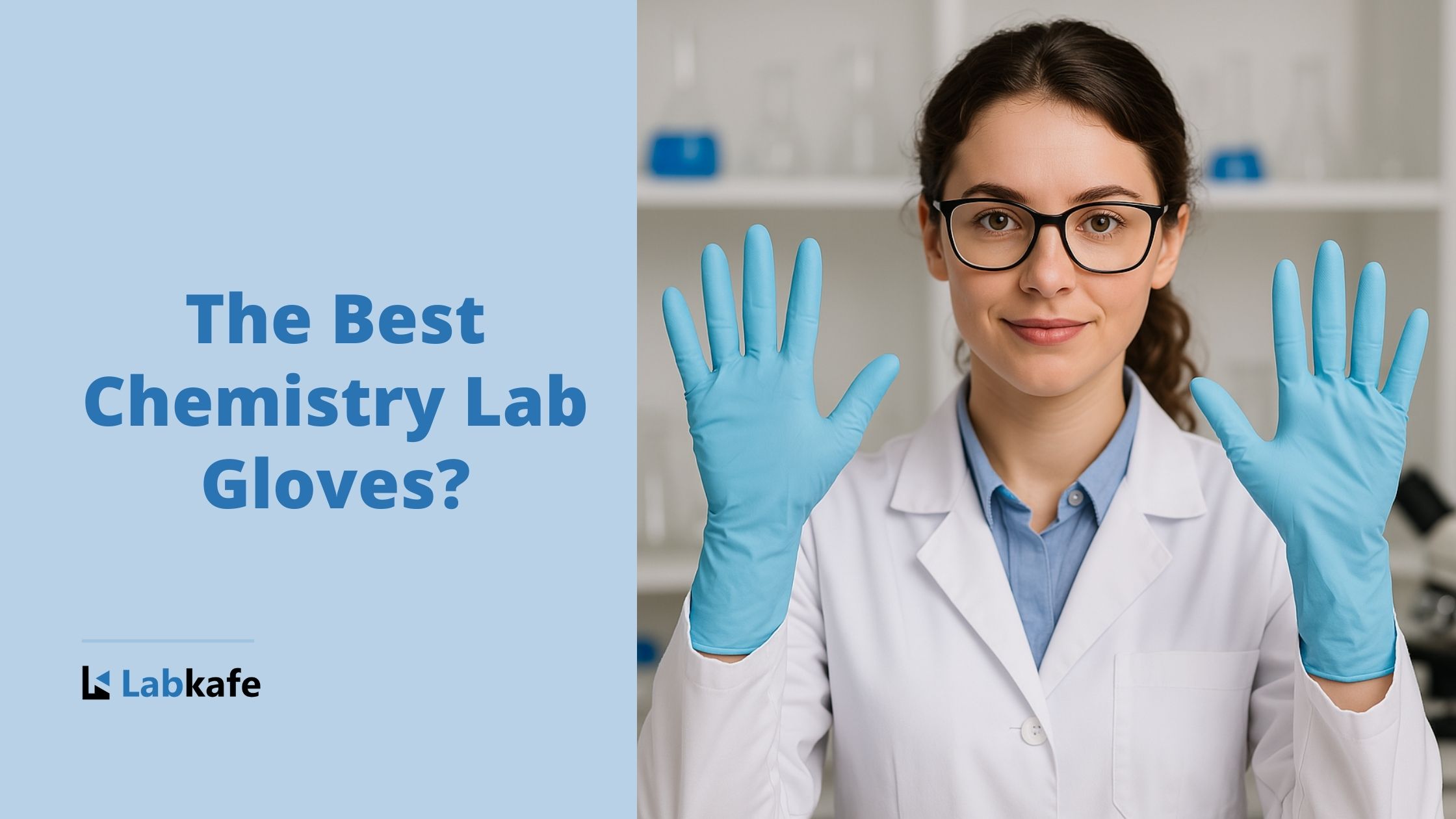
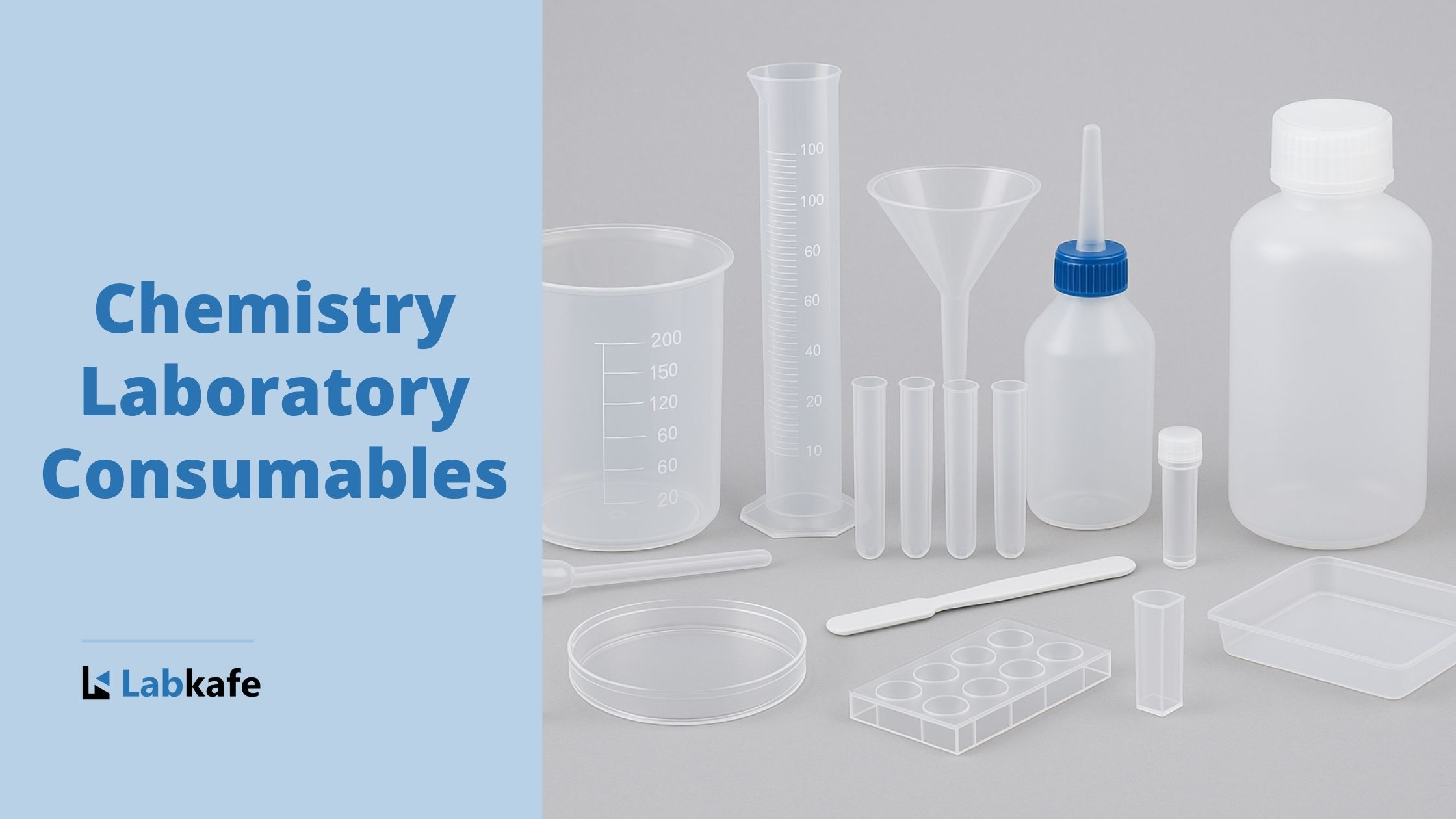
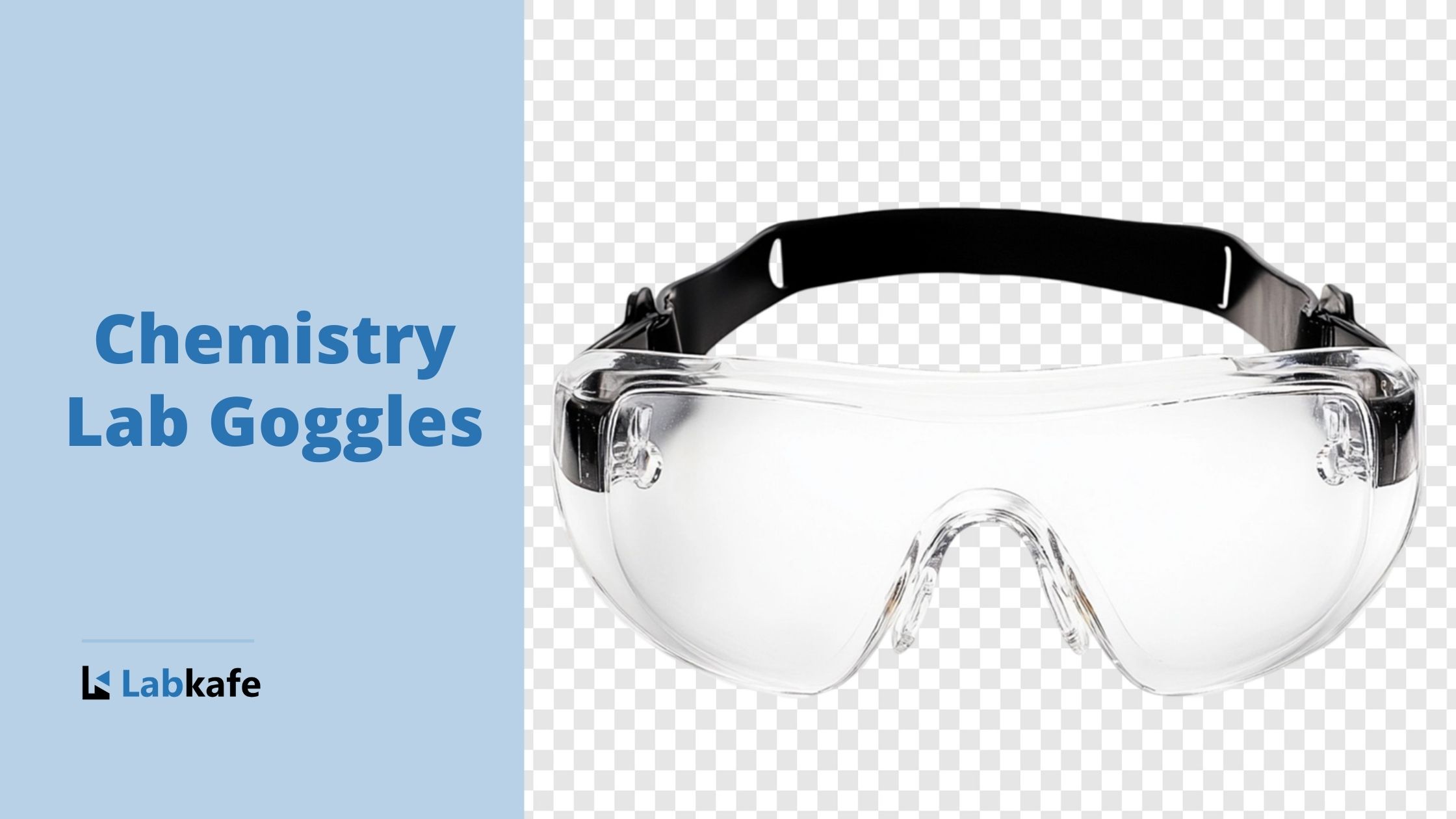
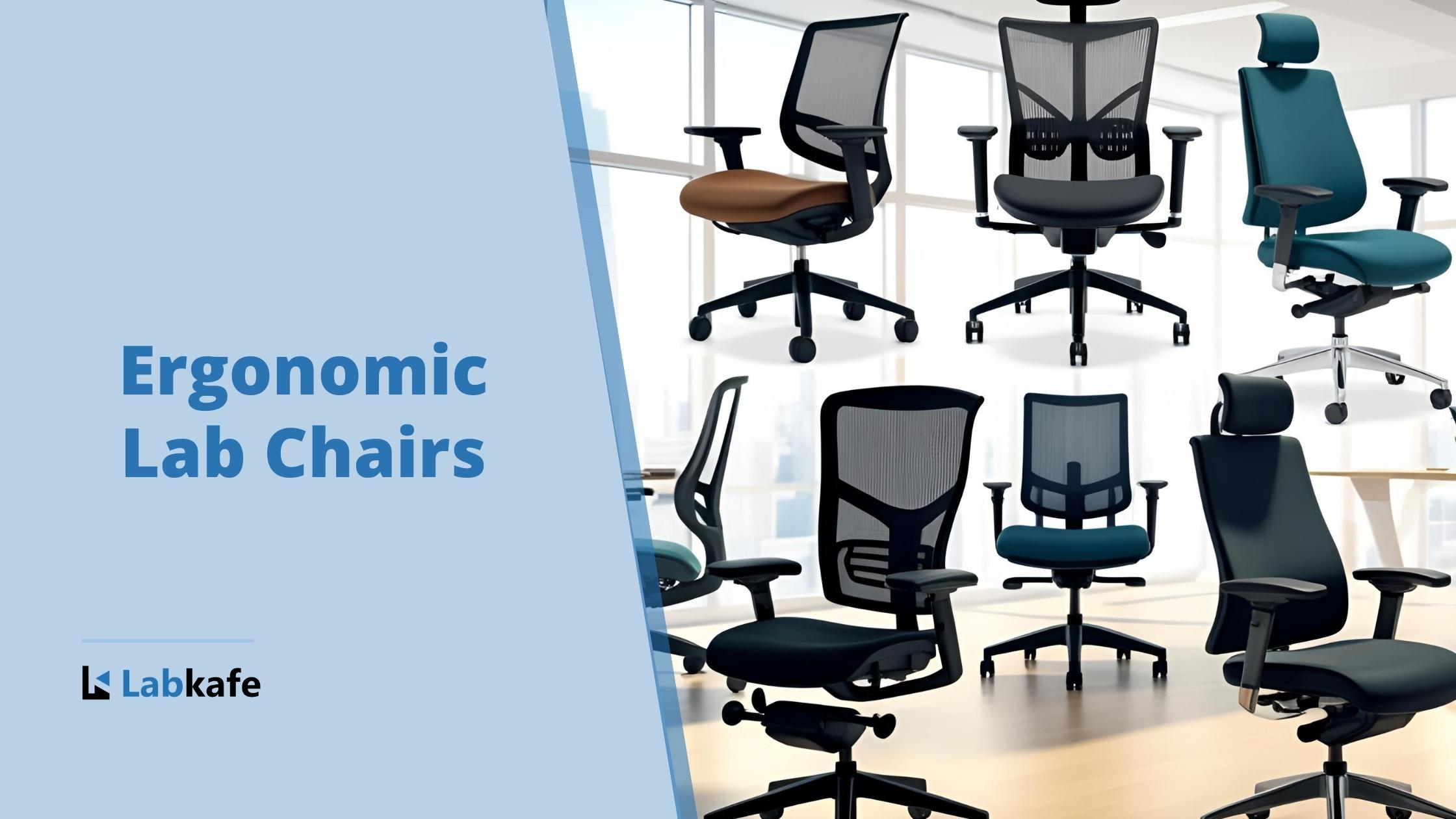







Leave a Reply